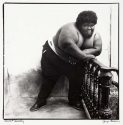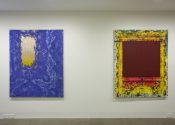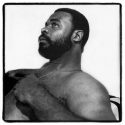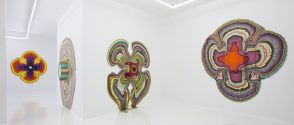“Art: Francis X. Pavy – At last, a tribute to the statehood bicentennial,” Louisiana Life Magazine
Francis Xavier Pavy, long known for his vibrant and whimsical paintings of Louisiana’s Cajun and zydeco music, is telling the story of the state’s history the best way he knows how – through his art. In his new work, 200: Art Inspired by 200 Years of Louisiana Statehood, he has created an ambitious series of paintings that explores the history of Louisiana from colonial times to the present. This tribute to Louisiana, however, is not a chronological narrative of the state’s 200-year history but paintings filled with symbols representing events, people and aspects of Louisiana’s past and present.








